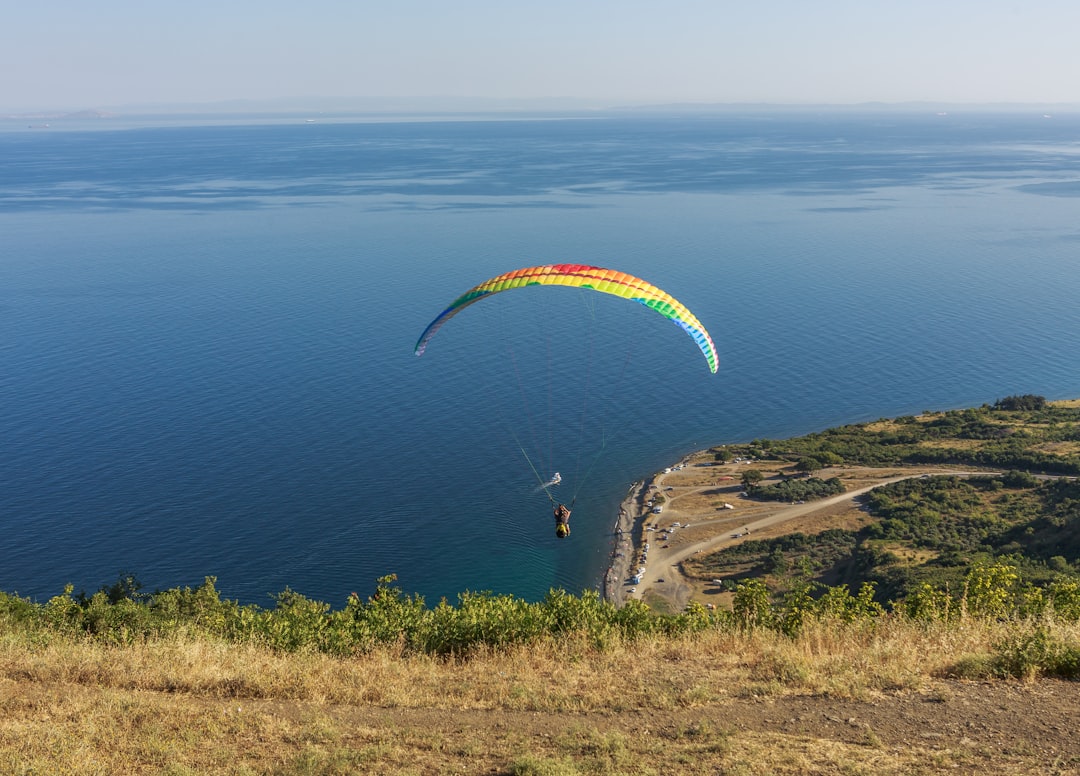Exploring the Legacy: The History Behind Famous Monuments.
Posted at 28 Dec 2024
7 minute readtime
Table of Contents
1 - Introduction
Monuments are more than just structures; they encapsulate the history, culture, and achievements of societies through time. From ancient wonders to contemporary icons, each monument tells a unique story that contributes to our understanding of human civilization. In this blog post, we will dive into the fascinating histories behind some of the world’s most famous monuments, exploring the events and people that shaped them.2 - The Great Pyramid of Giza: A Testament to Ancient Engineering
One of the most iconic monuments in the world, the Great Pyramid of Giza, stands as a testament to ancient engineering prowess. Built around 2580–2560 BC during the Fourth Dynasty of the Old Kingdom of Egypt, it was intended as a tomb for the Pharaoh Khufu. The pyramid originally stood at 146.6 meters (481 feet) and was the tallest man-made structure in the world for over 3,800 years.Constructed with an estimated 2.3 million blocks of stone, many weighing over two tons each, the precise methods used for its construction remain a topic of debate among historians. Various theories suggest the use of a straight or circular ramp to transport the stones. Its alignment with the cardinal points and the significant proportions of its dimensions hint at advanced knowledge of mathematics and astronomy.
Today, the Great Pyramid is a UNESCO World Heritage site and one of the last surviving Seven Wonders of the Ancient World, continuing to captivate visitors with its grandeur and mystery.
3 - The Colosseum: Rome's Architectural Marvel
The Colosseum, or the Flavian Amphitheatre, was commissioned by Emperor Vespasian in AD 72 and completed under his son Titus in AD 80. This monumental structure, capable of seating 50,000 spectators, was used for gladiatorial contests, public spectacles, and even mock sea battles.Adorned with a rich history, the Colosseum showcases the greatness of Roman engineering with its extensive use of concrete and innovative design features such as the hypogeum—a complex underground structure used to house gladiators and animals before contests. Despite suffering damage from earthquakes and stone robbers, the Colosseum remains a symbol of the Roman Empire's architectural prowess and an enduring tourist attraction.
4 - The Taj Mahal: A Love Story in White Marble
The Taj Mahal, a UNESCO World Heritage site, is perhaps the world's most beautiful mausoleum, built by Mughal Emperor Shah Jahan in loving memory of his wife Mumtaz Mahal. Construction began in 1632 and took approximately 22 years to complete, employing thousands of artisans from across the empire.Composed of white marble inlaid with semi-precious stones, the Taj Mahal is renowned for its stunning symmetry and intricate craftsmanship. The monument itself is surrounded by lush gardens and flowing water—reflecting the paradise described in Islamic texts. Beyond its architectural beauty, the story of love and loss associated with the Taj Mahal adds to its allure, making it a pilgrimage for millions of travelers each year.
5 - The Eiffel Tower: A Symbol of Parisian Innovation
Initially met with criticism, the Eiffel Tower was constructed for the 1889 Exposition Universelle to commemorate the 100th anniversary of the French Revolution. Designed by engineer Gustave Eiffel, the tower stands at 300 meters (1,083 feet) and represents a radical approach to architectural design, combining both aesthetics and engineering.Today, the Eiffel Tower is recognized as a symbol of Paris and an architectural marvel. Its iron lattice structure challenges the conventional building techniques of its time, making it an iconic representation of the modern age. With millions of visitors annually, the monument has transformed into a cultural and artistic symbol, deeply embedded in the fabric of French identity.
6 - Machu Picchu: The Lost City of the Incas
Nestled high in the Andes Mountains, Machu Picchu is a 15th-century Inca citadel often referred to as the “Lost City of the Incas.” Rediscovered in 1911 by American historian Hiram Bingham, this ancient site is famous for its sophisticated dry-stone construction and breathtaking panoramic views.Thought to have been a royal estate or religious site, Machu Picchu showcases the Incas' deep understanding of their environment with its terraced farming, sophisticated water systems, and astronomical observatories. Today, it stands as an enduring reflection of Inca civilization's ingenuity amid breathtaking natural beauty. The site is a UNESCO World Heritage site and remains a trekker's dream.
7 - Conclusion
Monuments like the Great Pyramid of Giza, Colosseum, Taj Mahal, Eiffel Tower, and Machu Picchu are powerful reminders of the histories they embody. Each structure narrates tales of love, ambition, engineering, and culture, encouraging us to deepen our appreciation for the rich and diverse narratives that shape our world. Whether standing as enduring symbols of ancient civilizations or contemporary achievements, exploring these monuments provides insights into human creativity and resilience across epochs. Visiting them not only enchants us with their beauty but also connects us to the universal tapestry of human experience.




